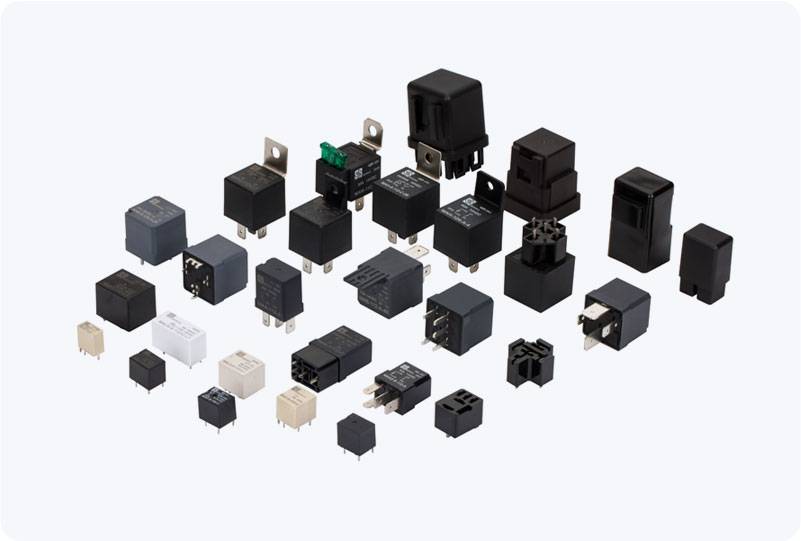A motor overload relay is a crucial component in electrical systems designed to protect electric motors from damage due to overcurrent conditions. By continuously monitoring the motor’s operating current, it ensures that the motor operates within its rated limits. If the current exceeds the motor’s rated value, the overload relay disconnects the motor, preventing overheating and potential failure. This article delves into the functioning, types, and importance of motor overload relays in industrial and commercial applications.

What is a Motor Overload Relay? A motor overload relay is an electrical protection device that is commonly installed in conjunction with motor starters to prevent motors from drawing excessive current. The main purpose of this relay is to safeguard the motor from the risks of overheating, which can occur when the motor is subjected to an overcurrent situation, whether due to mechanical malfunction or sudden changes in load. When a motor operates under normal conditions, it draws a certain amount of current. However, if the motor becomes overloaded or its efficiency drops, the current drawn by the motor increases. This excess current can lead to the motor winding’s insulation breaking down, causing potential damage and even complete motor failure if left unaddressed. The motor overload relay is designed to detect this abnormal condition and disconnect the motor from the power supply to avoid such damage.